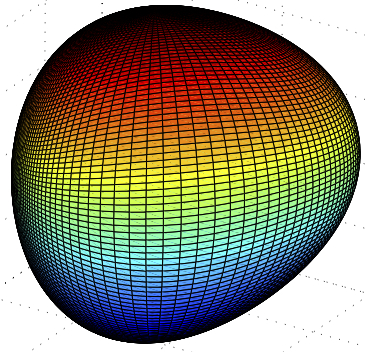Research
Our Reserach
In general, our research group aims to characterize the behavior of novel and classical materials and structures and derive mathematical models and/or simulation tools that accurately reflect the observed mechanical behavior. We focus on deriving these models from fundamental principles of mechanics and thermodynamics. Accurate and reliable models for the behavior of materials and structures are increasingly important as engineers have more computational power and thus can analyze more complex conditions, but such analyses are only as good as the underlying model and our understanding of the material behavior. Better understanding and predictions can lead to safer, cheaper, more reliable, and more efficient design of structures and machines. Research projects are constantly evolving, however, below are a few examples of current research projects in our group.

MissionDAC
To predict the long-term mechanical behavior of the moisture swing (MS) materials for direct air capture (DAC), we are developing a nonlinear, rate-dependent constitutive model to predict the hygro-thermomechanical behavior and damage. This model will be coupled with the transport mechanism to fully capture the chemo-mechanical behavior of these MS materials during DAC. This work is being done with the Climate Solutions Engineering Lab at NAU as well as ASU and UT Austin.
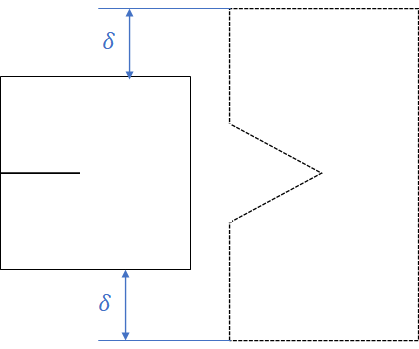
Fracture in Childbirth
An episiotomy, in which a doctor or midwife makes a small incision from the back of the vagina through the perineum towards the anus to widen the vaginal opening, is sometimes used during childbirth to create more room for the fetus to be extracted. However, an episiotomy also creates very high internal stresses in the perineum at the tip of the incision. The objective of this work is to calculate the stress at the tip of the episiotomy under a wide range of conditions, including the geometry and length of the incision, the size of the fetal head, and the properties of the muscle and tissue of the pelvic floor, and determine when an episiotomy will lead to further tearing of the perineum during childbirth. As such, this work will help guide clinicians as to when an episiotomy should be performed and establish the type and length of episiotomy to use to lessen the risk of additional tearing. This work is being done with the bMECH Lab at UC Riverside.
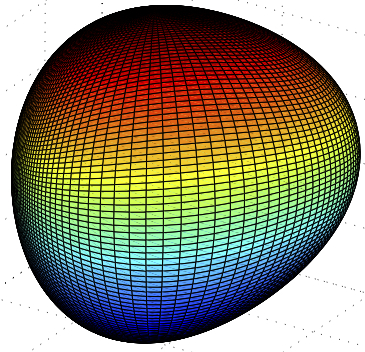
Plastic Deformation
Plastic deformation occurs when a material is loaded beyond the elastic limit, and it is especially difficult to predict because it is highly non-linear and history-dependent. We are currently using the models for yield surface distortion to try to improve predictions of multi-axial ratcheting, the accumulation of plastic deformation due to cyclic plastic loading. Predicting ratcheting is especially difficult because any small errors in one cycle accumulate over several cycles, and predicting ratcheting is especially important to foresee and prevent material failure in any structure subject to earthquakes, extreme weather, and/or cyclic mechanical and thermal service conditions.
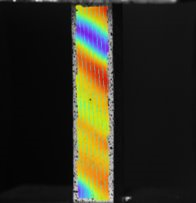
Magnetic Shape Memory Alloys
Magnetic shape memory alloys (MSMAs) can undergo a recoverable deformation in the presence of a magnetic field or mechanical load as internal martensitic variants reorient. The deformation can be recovered by a magnetic field and/or mechanical load in an orthogonal direction. Our group has developed several thermodynamic-based models to predict the magneto-mechanical behavior of MSMAs, the most recent of which is fully three-dimensional. While this model predicts general trends, it lacks accuracy, so we are currently trying to decipher what the model is lacking and how it can be improved. This research is being performed in conjunction with the Multifunctional Materials and Adaptive Systems Lab.
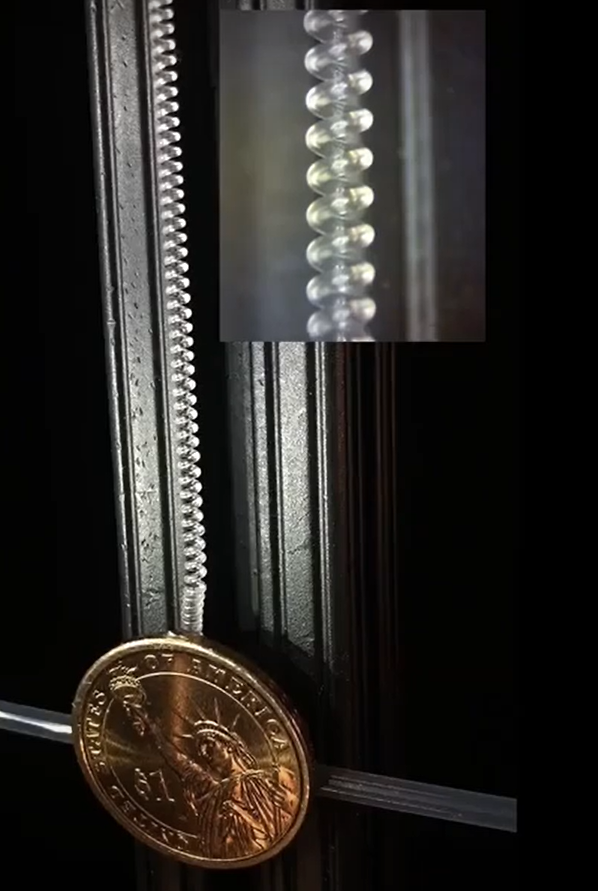
Artificial Muscles
Artificial muscle systems have the potential to impact industries ranging from advanced prosthesis to miniature robotics. Our group is currently developing and experimentally validating analytic models, manufacturing processes, and applications of twisted polymer actuators as well as new actuators we developed called "cavatappi". The challenges associated with developing this model include the asymmetric nature of the material, the complex twisted geometry, and temperature and load variations. This research is being performed in conjunction with the Dynamic and Active Systems Lab (DASL).
Making Cavatappi Actuators
Actuation Mechanism for Cavatappi
Precision Control of Cavatappi Actuator
Cavatappi Energy Storage
